The Sino-Indian War of 1962 broke out because of the Cuban Missile Crisis. After the Chinese annexation of Tibet in 1950, many protested, but that’s all they did. So when the world’s focus was on the US-Soviet tensions over Cuba in October 1962, this gave China the cover it needed to annex part of India’s Aksai Chin province.
Aksai Chin spans some 14,380 square miles of barely-habited high-altitude deserts and mountains. Next to the Indian state of Kashmir, it also connects China’s Xinjian province with Tibet.
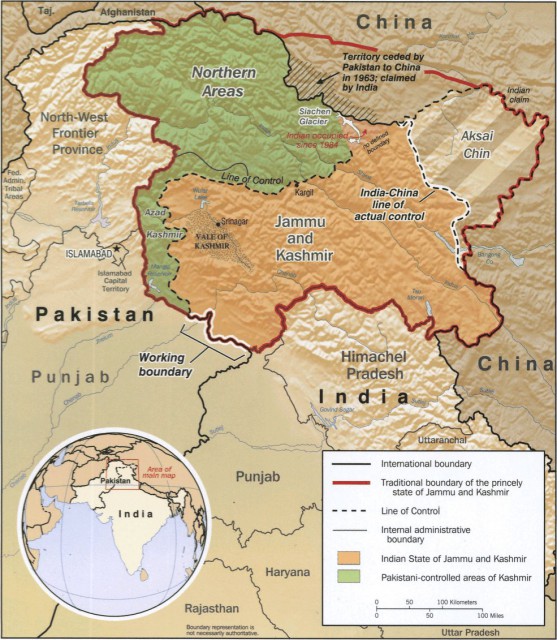
The Sikh Confederacy had clashed with China over Aksai Chin in 1841 when the former tried to invade Tibet. Then the British defeated the Sikhs in 1846 and set up the Johnson Line to separate British-India from China. In 1893, the MacArtney-MacDonald Line was created, followed by the McMahon Line in 1914.
India used the Johnson Line in 1947 to define its western border. But in 1951, China built the China National Highway 219 across the Line to connect the Tibet Autonomous Region with Xinjiang. India protested, but China used the MacArtney-MacDonald Line to legitimize its actions.
Then came the failed Tibetan Uprising of 1959 which forced the 14th Dalai Lama to flee to India. This convinced China that India was involved in the rebellion, resulting in several skirmishes in Akshai Chin.
Russia sided with India, so in retaliation, China took the North East Frontier Area (NEFA) and offered it to India if the latter handed over Aksai Chin. India’s response was to initiate the Forward Policy in 1961 to drive Chinese troops out by creating military outposts throughout Aksai Chin. Despite some skirmishes, India was sure there’d be no war.
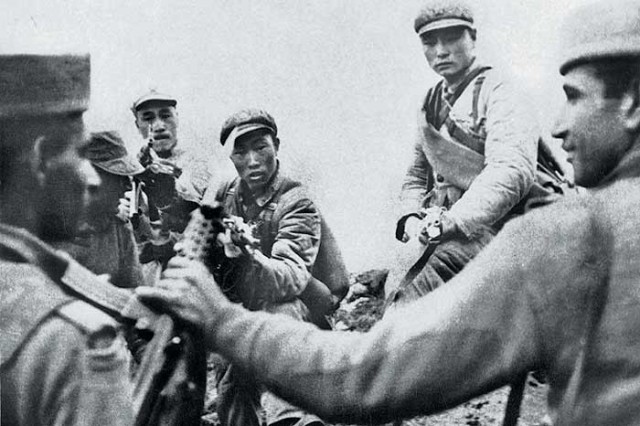
Then on 31 August 1962, the US claimed that the Soviets were building nuclear missile sites in Cuba. They were, so China threatened to side with America if Russia kept backing India. The threat worked.
On September 8, Chinese soldiers seized an Indian outpost at Dhola on Thag La Ridge, north of the McMahon Line. Before this, Indian troops could only fire in self-defense as they built more outposts. But on September 11, they launched attacks on the Chinese but failed to retake Thag La.
More Indian troops made their way to Yumtso La when they were fired upon by Chinese soldiers on October 10. The former lost 25 men, while the latter lost 33. As the Indians retreated, the Chinese buried both sets of dead with honors.
On October 12, Indian Prime Minister Jawaharlal Nehru told reporters that he’d ordered the Indian Army to liberate national territory in the Northeast. Two days later, the Chinese People’s Daily newspaper quoted him and said it meant that India would invade China.
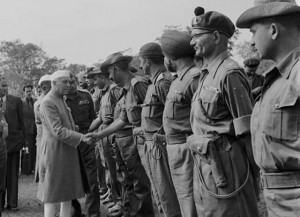
An American U-2 reconnaissance plane flew over Cuba on October 14 and confirmed the presence of Soviet nuclear missiles. It was exactly what Chairman Mao Zedong was waiting for.
On October 20, two battalions of the People’s Liberation Army (PLA) entered Aksai Chin. One went west to attack Indian forces in the Chip Chap Valley, the other went east to capture both sides of the Namka Chu River. A smaller force crossed into the Indian state of Sikkim to attack the garrison at Nathula Pass.
Not expecting an invasion, the Indians had kept their garrisons undermanned. They secured the bridges over Namka Chu, but the PLA crossed over the shallow October River, instead. By 5:14AM, they began cutting telephone wires while they mortared Indian positions. At 6:30AM, the PLA had come up behind Indian lines, forcing the latter to retreat into Bhutan.
At 12:15AM of October 22, the PLA shelled Indian forces on the McMahon line and lit bushfires to little effect. The Indians managed to resist till 4AM, but there were too few of them. Before dawn, most retreated to the Indian base at Walong, while some remained to cover their retreat. By day’s end, the Chinese had secured Chushul.
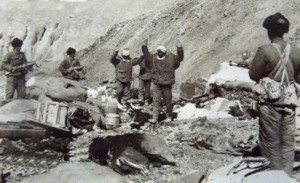
On October 23, an Indian troop opened fire on PLA forces moving through a pass. They killed some 200 Chinese, while losing nine of their own. The Chinese attacked the Indian base at Tawang, letting the personnel leave. Though the Indians were in retreat, they managed to hold onto their airstrip at Rezang La Ridge.
The first ceasefire came on October 24. Having secured their positions, China tried to resolve the situation diplomatically, resulting in a three-week hiatus. They offered to withdraw from the NEFA and to respect Indian control of Aksai Chin that wasn’t already under Chinese forces. In return, India had to honor the MacDonald Line and recognize China’s access to Tibet.
With America and Britain’s support, India officially rejected China’s offer on November 14 to coincide with Nehru’s birthday. To their surprise, the Soviets were no longer as supportive.
Fighting resumed on November 14 when Indian soldiers at Se La shelled the PLA garrison at Walong, causing heavy Chinese casualties. On November 17, the PLA retaliated by attacking the Indian 4th Infantry Division at Se La and at Bomdi La. To prevent reinforcements, the PLA seized Thembang, a major supply route to Se La. There were few Indian casualties, however, as Se La is on much higher ground.
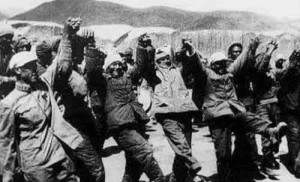
At 4:30AM the next day, the PLA attacked the Indian positions at Chusul. An hour later, other Chinese forces were attacking Gurung Hill, and by 7AM, Indian troops at Rezang La were under fire. Unable to withstand superior Chinese numbers, the Indians were in retreat by 9AM, making their way to higher ground.
By November 18, the PLA were close to the Indian town of Tezpur, Assam. Afraid of a massacre, the governor ordered the area evacuated, but the Chinese had achieved their objective.
China declared a ceasefire on November 19 to take place on midnight of November 21. Though it lost on the diplomatic front, it proved itself a power to reckon with and secured enough of Aksai Chin to ensure its land-access to Tibet. China also realized that it no longer needed the Soviet Union and created a third alternative to the US-USSR Cold War dichotomy.
The Sino-Indian Conflict is also notable for being the only war in modern history to be fought without planes or ships.
